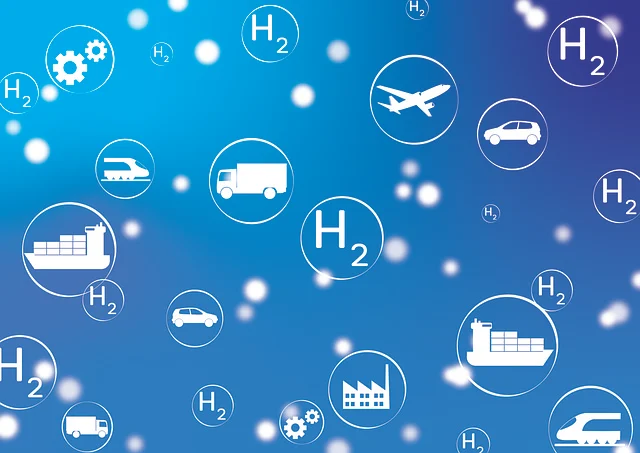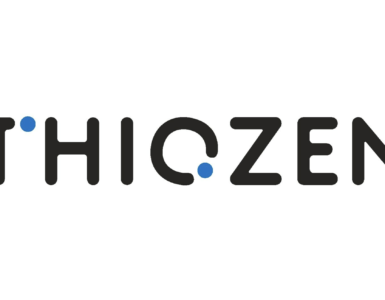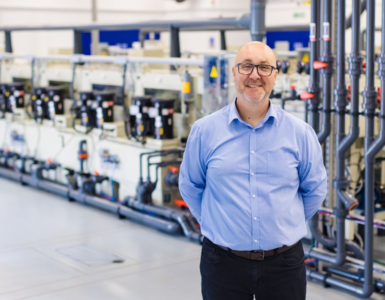CERAWEEK: ‘No totally clean’ pathway to hydrogen production, commodification – S&P Global.
The challenge of creating low-carbon hydrogen and making it affordable calls for openness to all so-called hydrogen “colors” and continued supply chain investments, speakers said at a March 18 panel.
There is no such thing as a totally clean pathway towards clean hydrogen production, not even with “green” hydrogen production, said Stanford University Hydrogen Initiative Co-Managing Director Naomi Boness at the CERAWeek by S&P Global conference in Houston.
For example, there are emissions associated with producing solar panels, and these emissions are “non-trivial,” Boness said.
🔥 What about we co-host a webinar? Let's educate, captivate, and convert the hydrogen economy!
Hydrogen Central is the global go-to online magazine for the hydrogen economy, we can help you host impactful webinars that become a global reference on your topic and are an evergreen source of leads. Click here to request more details
Boness, said:
The emissions from electrolysis pathways are on the order of about two kilograms of CO2 equivalent for every kilogram of hydrogen.
While there are various upstream tradeoffs with all different colors and pathways of hydrogen production, including green, using hydrogen is a “better solution than the current fossil fuel combustion,”
Engie executive Didier Holleaux said he is convinced there will not be only one color of hydrogen used in the industry, namely green. Regulations must be synced with different forms of hydrogen to “find the market” for hydrogen use, he said.
Didier Holleaux, Engie executive, said:
It’s not blue versus green, it will be a full spectrum.
Decarbonizing the world will require an “astronomical” amount of hydrogen, another reason to not be too picky with the pathways, said Air Products Vice President Sidd Manjeshwar. Air Products produces 10,000 mt/day of gray hydrogen, or natural gas-fed hydrogen without carbon capture and sequestration, he said.
Air Products’ NEOM green hydrogen facility will produce up to 600 mt/day of green hydrogen by the end of 2026. The approximately $8.4 billion facility is the world’s largest of its kind; It represents 4 GW of renewables feeding over 2 GW of electrolyzers.
Europe would need 80 of these massive facilities to decarbonize its supply chains, Manjeshwar said.
Supply and demand
The challenges of finding customers and boosting demand for produced hydrogen must be addressed by improving supply chains to bring down costs of low-carbon hydrogen, speakers said.
For example, electrolyzer manufacturers are not yet ready for massively scaled production, and the components required for the technology may not be sustainable at large scale, Boness said.
The US Department of Energy has recognized challenges on the demand side, investing a billion dollars into a demand side incentive program, Boness said. She compared potential hydrogen incentive programs to “back in the day when wind and solar were taking off,” saying utilities were then required to have a renewable portfolio.
“We need both the carrot and the stick,” Boness said.
The US is putting “such strict rules” for qualifying for certain incentives, preventing the demand side from growth, Boness said. Industry members have voiced criticisms of the Treasury Department’s proposed 45v hydrogen production tax credit, for example, saying the stringent requirements prevent the industry from getting off the ground.
The problem is not financing, Holleaux said. Problems arise from a competitivity gap between low-carbon hydrogen and grey hydrogen, he said.
“You need the government to take quite a strong stance … where you are encouraged to produce low-carbon hydrogen, and something like a mandate where you encourage or force incorporation of low-carbon hydrogen into the normal flow hydrogen,” he said.
Projects in Europe specifically are not developing as fast as they could because the method European countries use to provide funds is “so complicated and so lengthy,” Holleaux said.
The current way electrolyzers are manufactures are not ready for massive scaled production, also sustainability of the technology and components that will create issue at larger scales, Boness said.
Natural hydrogen?
The obscure natural hydrogen, also called “white” or “gold” hydrogen, is still a mystery, but there is “no doubt” it exists in certain locations, Boness said.
The first Hydrogen well was found in Mali in 2018, and the pressure had not depleted when it was found, she said. This means the hydrogen was renewing at depth, she said.
Natural hydrogen could be found in Precambrian ultramafic rocks formed hundreds of millions of years ago, according to Stanford research, Boness said.
“Whether or not [natural hydrogen is at] commercially recoverable scales is yet to be found,” Boness said.
The ongoing search for natural hydrogen is a “high risk, high reward” endeavor, Boness said. The heterogeneous nature of the planet makes it so natural hydrogen mining could be feasible in some parts of the world and a “downright catastrophe” in others, she said, drawing comparisons to shale.
“I look at this with some degree of optimism and some degree of skepticism, and I think we need to do the work and figure out whether or not this is ubiquitous,” Boness said.
READ the latest news shaping the hydrogen market at Hydrogen Central
CERAWEEK: ‘No totally clean’ pathway to hydrogen production, commodification – S&P Global. source








